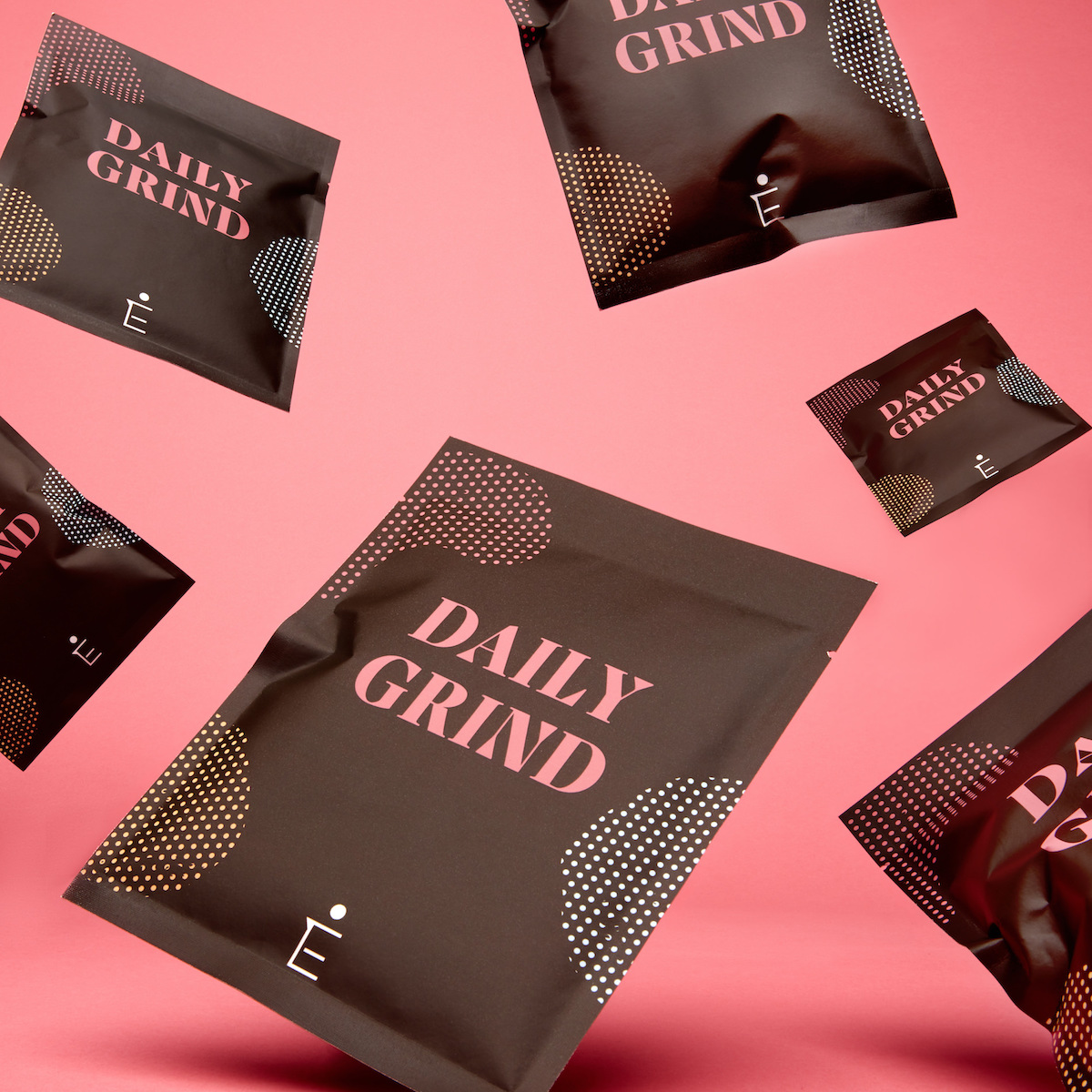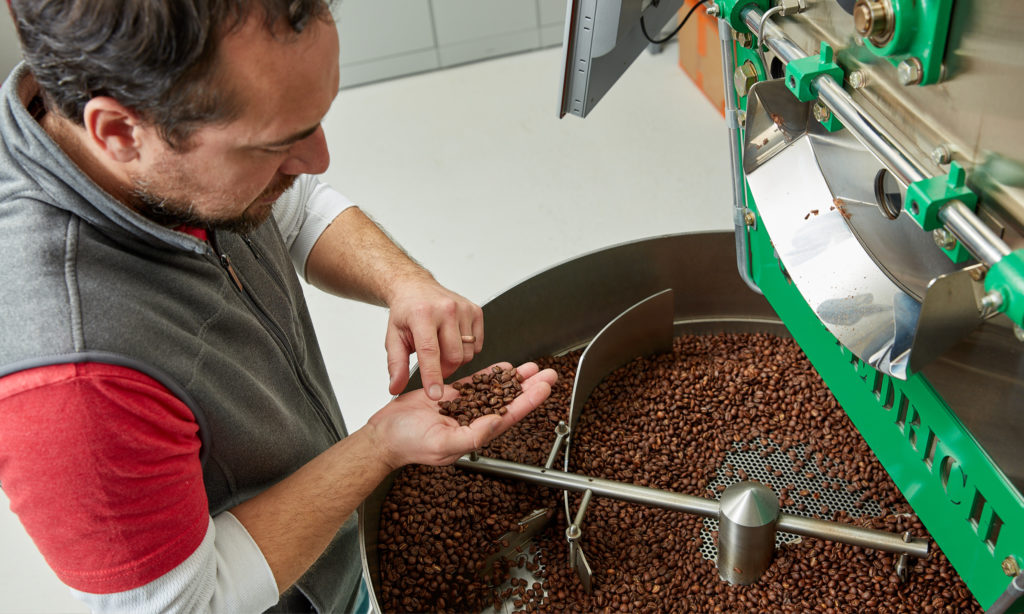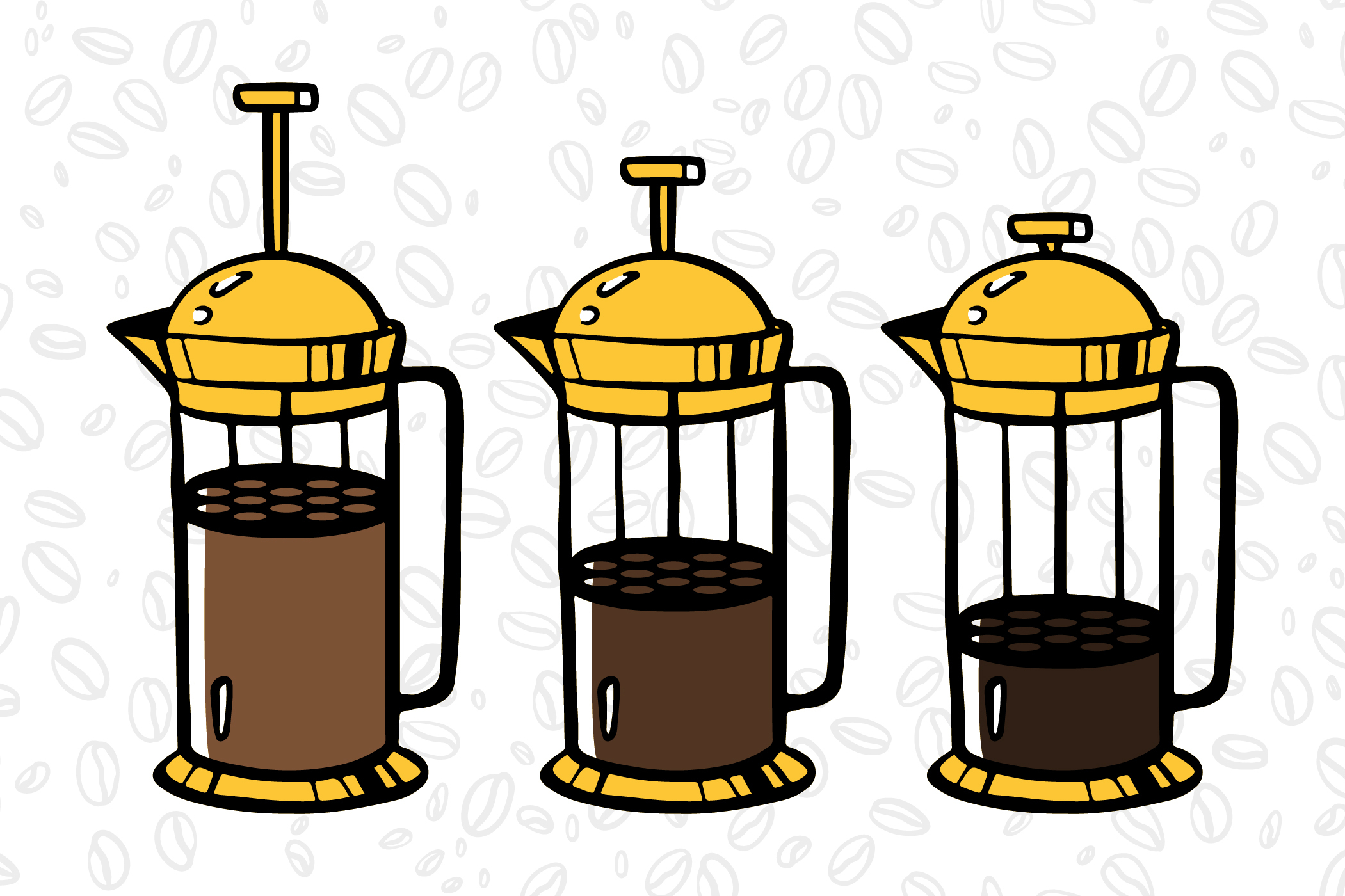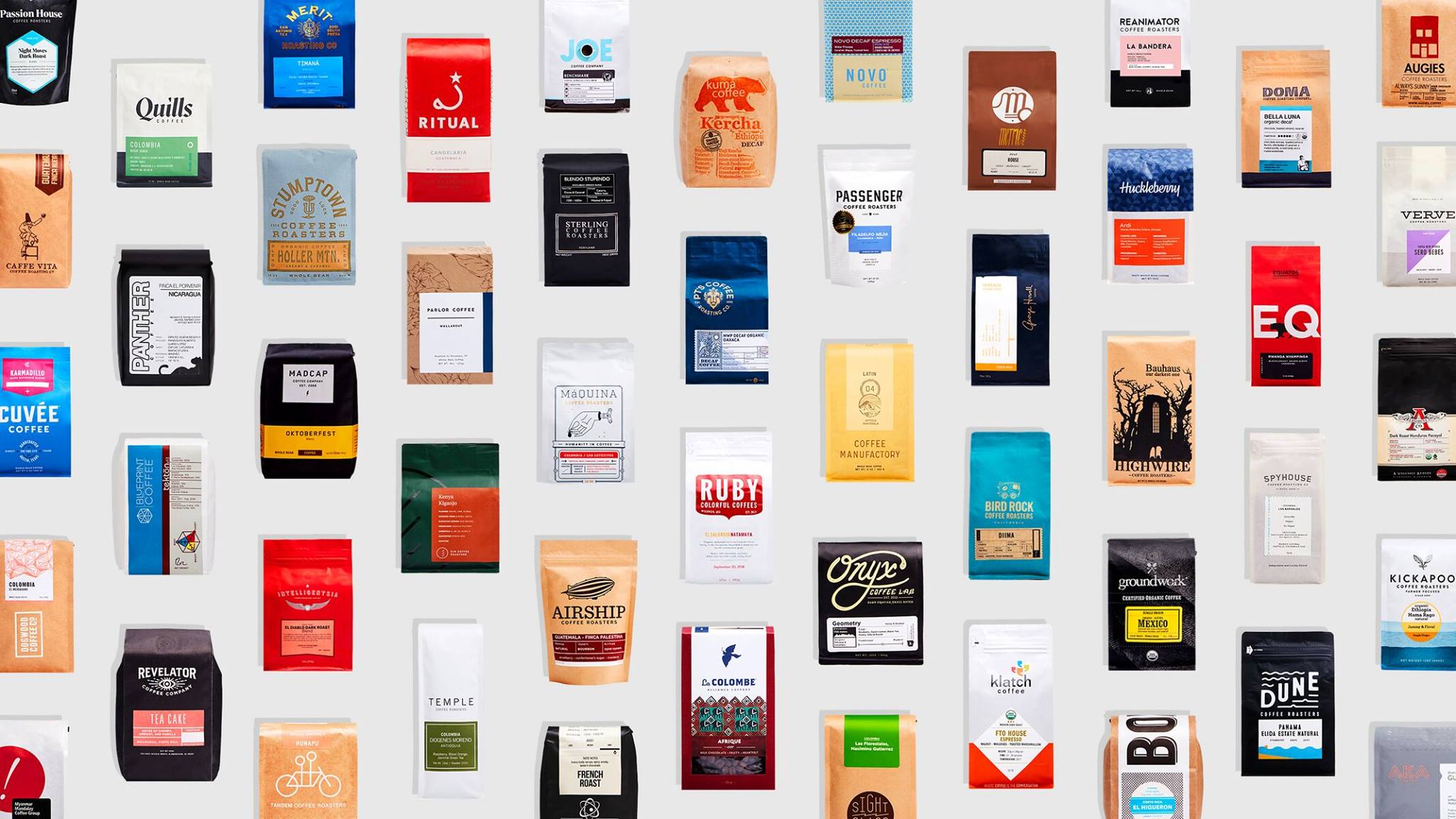Shop
The Perfect French Press Ratio, According to Press House Coffee
The perfect cup of French Press. Every time.
Looking for more coffee content?
“French press is my preferred way of making coffee,” says Adam Randall, founder of Pittsburgh-based Press House Coffee. Launched initially as Green Dragon Coffee in 2015, Randall re-branded in 2019 as Press House and currently operates a brick-and-mortar store in Pittsburgh.
Since its rebranding, Press House has focused heavily on evangelizing the French press method. As opposed to some of the more involved coffee-making methods, the French press doesn’t require special training or thousands of dollars in equipment. All you need is the press, the coffee, a timer, and some hot water. Plus, as Randall notes, “It’s fun, it’s flexible, and it allows for experimentation.”
Currently, the Press House website offers the “Daily Grind,” a series of individually portioned, pre-packaged pouches with enough ground coffee for a single brew, specifically for the French press.

Courtesy of Press House Coffee
The website also offers around twenty varieties of coffee, including many single-origin beans. Although the Daily Grind makes it easy to enjoy French press at home, you can also use your own beans. Just make sure you have a grinder and a French press!
Get a Grinder Get a French Press
How To Make French Press Coffee

1. Measure Your Water and Beans
“If people are just starting out, I start around a 1-12 ratio,” says Randall. “Ounces or grams, whichever works.”
That means you want twelve ounces of water for every ounce of ground coffee. The same goes for grams or any other metric you choose. However, Randall quickly points out that there’s no “one right answer.” Although 1-to-12 is a good starting ratio, many prefer a more diluted ratio of 1-to-15.
“It’s just coffee,” Randall says. “It should be fun and you should make it the way you like it.”
For instance, Randall’s wife prefers a stronger cup in the morning when she uses a 1-12 ratio. For a quick pick-me-up in the afternoon, she’ll try 1-to-15 or something a little less strong.
2. Heat the Water
The sweet spot? 195 degrees Fahrenheit. If you don’t have a temperature gauge kettle, that’s basically just before boiling. You could also boil water and then add a bit of cold water back in.
“My preference is 190 to 200 [degrees Fahrenheit],” says Randall. “That’s warm enough to extract the coffee, but it won’t burn it. And if it’s a little cooler than boiling, you can drink it more quickly. Because there’s nothing worse than having coffee you can’t drink.”
Get a Temperature Gauge Kettle
3. Grind the Beans
For the French press, you want to start with a coarse grind. That’s slightly larger than a medium grind, and definitely bigger than the “grains of sand” grind you’d use for espresso. On something like our recommended Baratza Encore Grinder, you’ll want a grind setting of 28.
“It’ll almost look chunky,” Randall says. “That really allows the water to be absorbed in the grinds and pull out a nice flavor. If your grounds are too fine, the coffee will be bitter.”
However, like the ratio and water temp, a French press is all about experimentation. Try a few different grinds to find the one that works for you.
Get the Baratza Encore Grinder
4. Bloom the Coffee
After pouring the grounds into the French press, you should “bloom” the coffee by saturating the grounds with hot water.
“You’ll see the coffee expand,” Randall says. “You can tell how fresh your coffee is because it’ll really expand. The fresher it is, the bigger the bloom.”
For those who love the smell of fresh coffee, this is the time to make it happen. Let the coffee bloom for about ten seconds before swirling the French press and adding the rest of the water.
5. Let the Coffee Sit
Four minutes. That’s a good base time for a nice cup of coffee. But this is another metric with which you can experiment.
“Some people like to play around,” Randall says. “They’ll do three minutes, or they’ll do five. But four minutes from when you first pour in the water is a good rule of thumb.”
As for the lid?
“You can leave the lid off,” says Randall.
6. Plunge the Coffee
After four minutes, put on the lid.
“Plunge nice and slow, and you’re good to go,” Randall says.
Liked this article? Sign up for our newsletter to get the best craft beer writing on the web delivered straight to your inbox.




